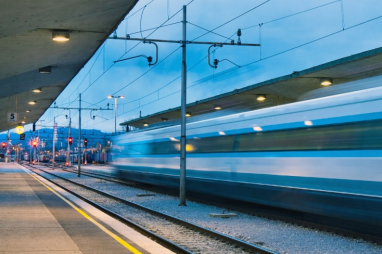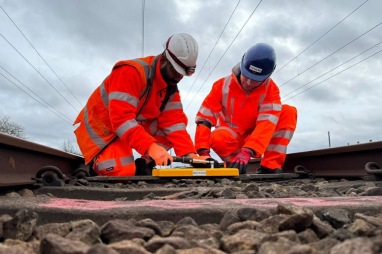- Autry Medalist *Cracked Leather / Corduroy* – acheter maintenant chez Cheap Cra-wallonie Jordan Outlet !
- Nike Air Max 90/1 "University Red" Release Info - Nike Air Max 96 2 Women's Shoes White - StclaircomoShops
- Adidas x Pharrell NMD HU Gold - adidas Nizza Platform Mid Parley Almost Blue W Release Date - SBD
- nike dunk armor buy , Cut in half: Nike Metcon 9 Review (2024) , AspennigeriaShops
- nike lebron x nike pink green hair women 2017 DM7597 - 100 Release Details - StclaircomoShops - scarpe nike air max silver metallic
- Travis Scott Air Jordan 1 High OG CD4487 100 Release Date Price
- air force 1 shadow
- Nike Blazer Mid 77 Catechu DC9265 101 Release Date
- air jordan xxxv cq4227 004
- nike air force 1 boot cordura black wheat university gold do6702 001
- Home
- News and analysis
- Info hubs
- Events
- Video
- Case Studies
- About us
- Magazine
- Advertising
Produced for the industry by the Association for Consultancy and Engineering
News
Trains to go digital as government looks to bring rail network up to speed

All new trains and rail signalling will be digital or digital-ready from next year to reduce overcrowding and cut delays, as the UK looks to upgrade and move away from its Victorian transport network.
That is according to transport secretary Chris Grayling and Network Rail, who have teamed up to launch a new strategy today (10 May). Under the Digital Railway Strategy, more than half of the country’s signalling systems will be installed with digital versions to enable trains to run closer together and therefore boosting frequency, speed and reliability.
The technology is being used to enable extra capacity for 40,000 more passengers on Thameslink trains through London Bridge later this month. It is due to be rolled out to services at London King’s Cross, London Waterloo and across the Pennines by 2024. Network Rail has pledged that 70% of journeys will benefit from digital signalling within 15 years.
Commenting on the strategy, transport secretary Chris Grayling said “We are investing in the biggest modernisation of our railway since Victorian times to deliver what passengers want to see – faster, more reliable and more comfortable journeys. Passenger numbers have doubled in recent years – which means we need to invest in new technology to help deliver the reliable and frequent trains that passengers want.”
The Digital Railway Strategy is part of the government's £48bn investment in the maintenance, modernisation and renewal of the rail network between 2019 and 2024.
Network Rail chief executive Mark Carne added: “The age of a digital railway has today moved from the drawing board and into reality as we reveal a blueprint that will improve the lives of millions of passengers and freight users across the country. Today’s commitment is to adopt and roll-out new digital technology, for both trains and track, that will deliver faster more frequent services for passengers and businesses alike, giving our economy a massive boost.”
The news has also welcomed by those within the rail industry with Darren Caplan, chief executive of the Railway Industry Association (RIA) saying the government now needed to ensure there is a visible and consistent pipeline of work.
He added: “We live in a digital age, and rail should be at the forefront of the government’s plans to modernise major transport infrastructure. With almost two thirds of rail signalling needing to be replaced in the next 15 years, this is the ideal time to transform the railway through new technology. Shifting to digital can increase capacity on the network and also cut journey times and costs, to the benefit of passengers and the taxpayer. RIA and its members look forward to working with the government, Network Rail and all in the industry to secure this exciting future.”
Richard Robinson, chief executive, Civil Infrastructure, at AECOM, said the plans were fully supported. "After years of industry wrestling with the productivity gap, the time has come to fully embrace digital innovation and take the necessary step forwards to accelerate delivery. We now have the keys to unlock the future - and they lie in the combination of new delivery models and the smart use of technology. However; in order for the full benefit of this transformation to be realised we must continue major enhancement investment in the railway, including from the private sector.
"We look forward to hearing how this announcement aligns with the DfT’s ambitions for increased third party investment and how it could compliment projects such as the AECOM backed Heathrow Southern Rail proposal. AECOM is a long-term strategic partner of the UK government and remains committed to developing the necessary infrastructure to serve the country’s future needs, as well as bringing our engineering and delivery capability."





